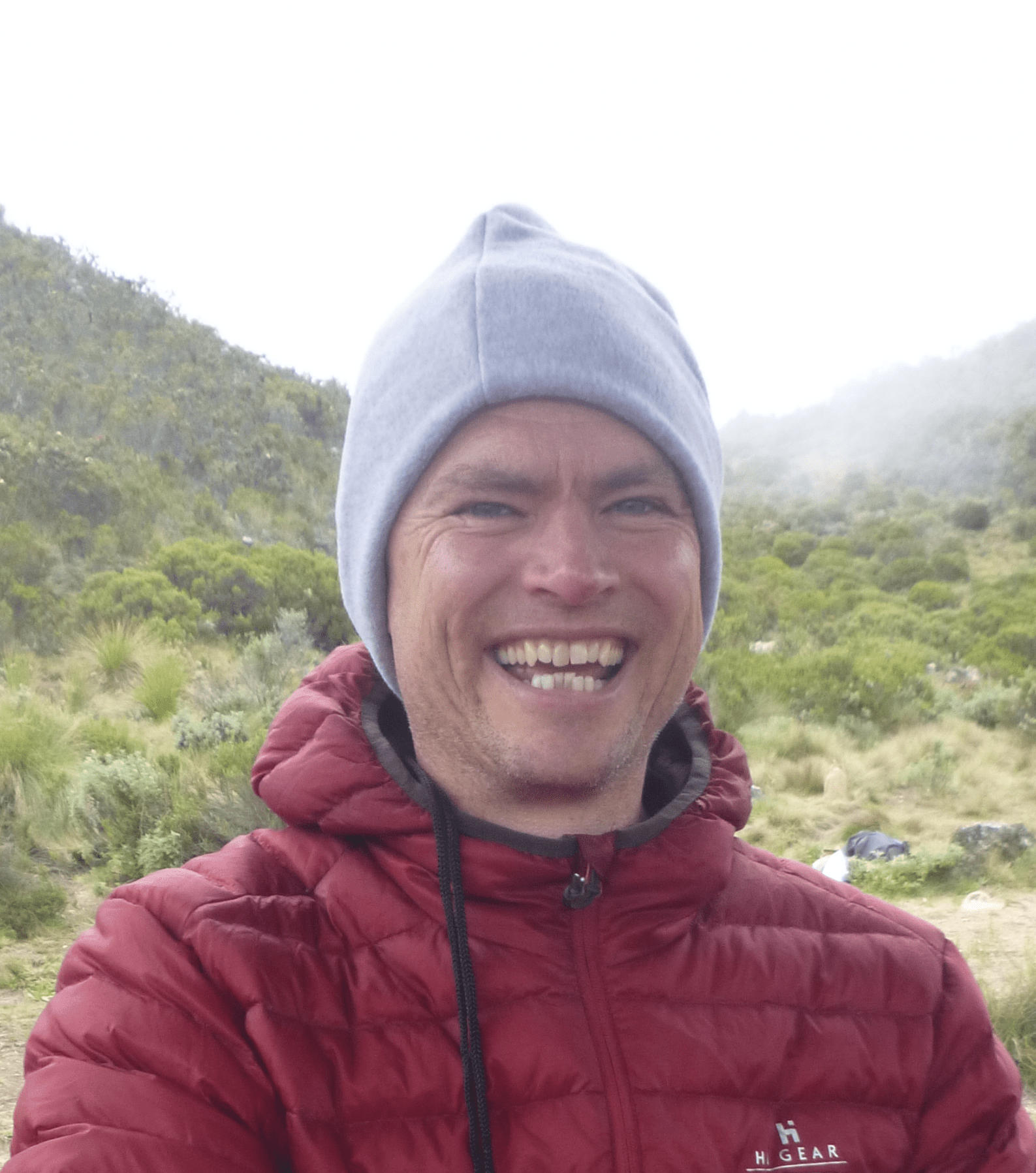I am guessing you have heard of ‘public money for public goods’ or Environmental Land Management, which is the future of agri-environment schemes. What I want to show here is that, when done intelligently, this future can also improve crop production and profitability.
The problems
Let’s get some statistics out of the way: loss of organic matter in UK soils costs around £500m a year, most arable soils have already lost 50% of their organic carbon and this contributes to soil loss worth £177m a year. The 2013 flooding cost agriculture £7m in Somerset alone and a major drought would now cost UK agriculture £1.5bn.
Climate change is making all these problems more likely and more intense, as well as increasing damage from pests and disease. The risks of crop damage and low yields are increasing, while the costs of standard cultivation are rising. These trends can be reduced or even reversed by applying the ‘public goods’, or ecosystem approach: working with natural systems rather than against them.
Dramatic improvements
Conservation agriculture, leys or minimum tillage techniques can all improve soil structure and organic content, at the same time as reducing production costs by 40%. The changes can be dramatic: no-till practices on a farm I visited in Kent changed an almost unusable clay field to one that drains rapidly and is accessible year-round. Combining this approach with smart-designed field margins, including the magic margins devised by CHAP Partner James Hutton Institute – where the right features are created in the best places – will capture and store up to 50m3 of water per hectare at a time. It will also hold back damaging storm flows, reduce soil loss and help refill subsoils and aquifers. Adding inter-cropping can do great things for nutrient management, offer natural pest control and generally improve crop health.
Targeting the most efficient actions to the most effective places means that relatively small changes can deliver big benefits. All fields will benefit from actions to improve soil quality, but installing smart margins to a few key fields can insulate your entire farm from the floods and droughts that are becoming more likely as our climate changes. Examples could be creating a catchment pond in a field-side depression to stop storm water racing across the landscape, or planting a strip of willow coppice to intercept nutrients before they are lost to a watercourse.
These same actions will also deliver those ‘public goods’ for which there will be public money: reduced flooding, healthier rivers, connected habitats, carbon dioxide removal and much more. An example of this type of thinking can be found in our modelling for one of Defra’s ‘Test and Trials’.
Growing a better future
Working with nature can already lower risk and enhance profits, but this will become more pronounced in the coming years. The ELM schemes will directly reward such endeavours, as will the emerging Carbon+ offsetting schemes, for example Wilder Carbon. There are also several commercial platforms paying farmers for wider environmental gains, such as Landscape Innovation – 3Keel and EnTrade. It is likely that these sorts of trades will become commonplace in the near future.
This means that careful planning can result in you being paid to make the changes that will protect your farm against climate change and maintain arable profits. You could also receive ongoing revenue for the public goods these changes will provide year-on-year.
The time has come to get to grips with these concepts, as there will shortly be a golden opportunity to secure your farm’s profitability well into the future.
Angus Middleton is a director at Viridian Logic. He has a background in earth sciences and environmental engineering, and has been a director of environmental consultancies for over a decade. Since 2013 he has strived to improve our understanding of natural capital and make the commercial delivery of ecosystem services a reality.
Please note, the opinions expressed in this article are the author’s own and do not necessarily reflect the views or opinions of CHAP.
For information on the work CHAP is doing to promote and advance soil health technologies visit our Solutions page, Field Scale Precision Equipment or Soil Health Facility, or visit our Projects pages to find out about our work on precision strip-tillage approaches, cover crops and nitrates.
If you are interested in working with us in the area of regenerative farming and net zero, please send us an email using the enquiries form at the bottom of our homepage.












